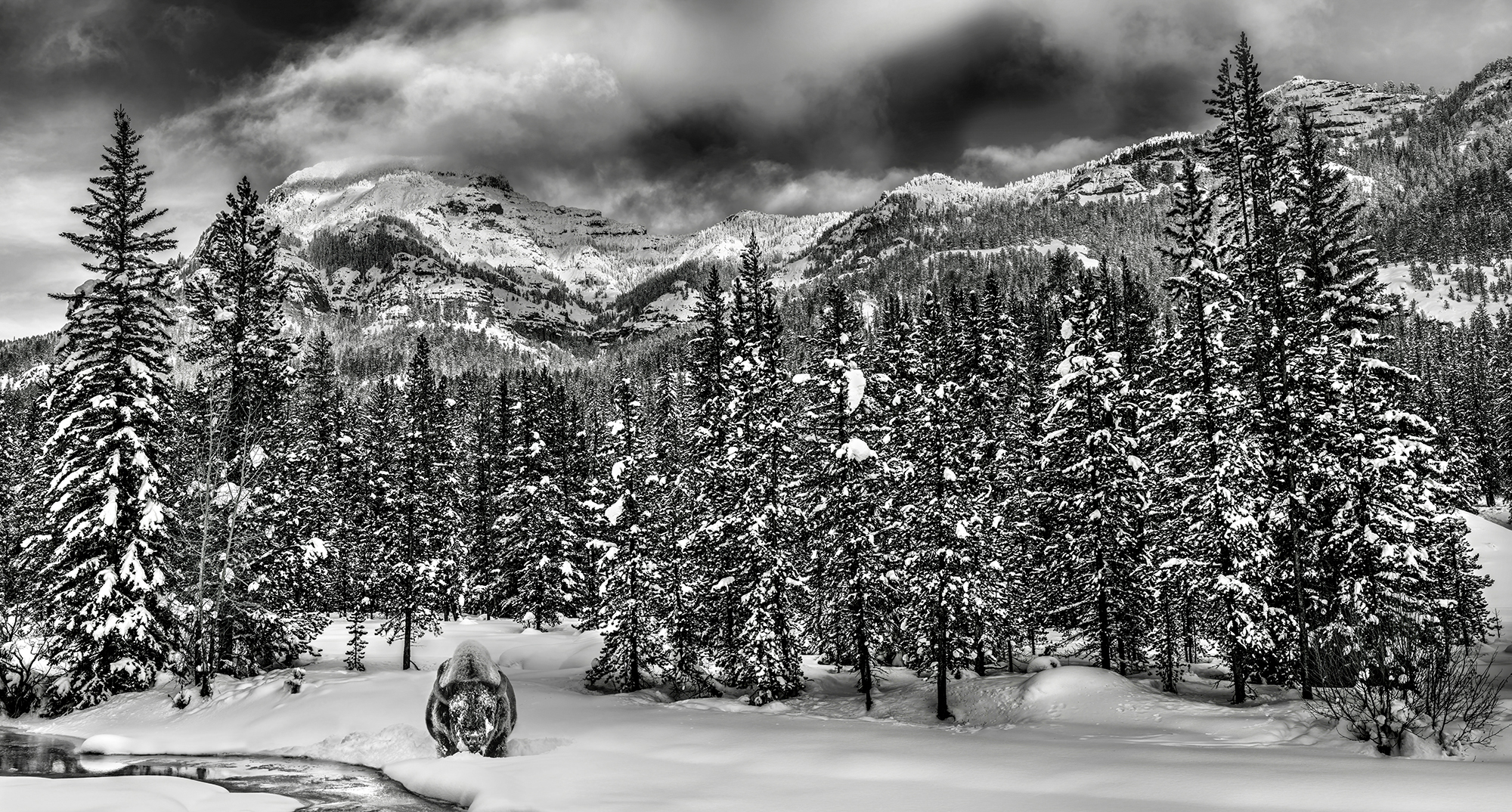Jake Mosher wins first place World Nature Photography award for Hyalite photo
By Jen Clancey STAFF WRITER
Jake Mosher tried for six years to capture a specific scene of the Hyalite Canyon night sky. The conditions had to be still—zero wind and no rustling—and required running two cameras to pick up a panoramic view of the sky and the mountains reflected on Hyalite Lake.
In the end, the photo took 26 minutes of continued stillness. “Hyalite Twilight” has now been viewed all over the world as the 2025 winner of the World Nature Photography Awards’ “Planet Earth’s landscapes and environments” category.
Mosher said that audiences tend to mistake the color in the July 2023 photo as the northern lights. “There’s enough residual light at that time of year when nights are really, really short,” Mosher said, noting the camera can pick up on this leftover light. After hiking to the same spot for five years, he said the ability to get a clear panorama was “satisfying.”
“It gave me an opportunity to produce what I could see in my mind when I started chasing that photo,” he said.
Mosher grew up in Vermont and moved to Butte, Montana after graduating college. His career has taken twists and turns through the years—he wrote two novels while working as a logger, was a prize fighter, moved to Nashville and started a paint-stripping company, and moved back to the West and worked in mining.
In 2007, he made the decision to work full time as a photographer. Since, he’s photographed southwest Montana and beyond. “What I hope shows is my love of this country,” Mosher said.
His work is on display at the Big Sky Artists’ Studio and Gallery in Big Sky Town Center. “Pleistocene” is one of the photos featured in the space, nine feet in length. The gallery started showing Mosher’s work in 2024.

“It lets me present my art the way that I’ve always thought it ought to be—great, big, large scenes that people feel they can really walk into,” Mosher said. “Being able to do them large, to a certain extent replicates how I felt when I was actually looking at it.”
Some of Mosher’s favorite photographic times of year are coming up.
He recommends the “fifteenth of July anywhere,” for wildflower viewing in southwest Montana, landscapes he’s captured frequently. But he said he finds value in showing folks the harder-to-reach places like Yellowstone National Park in frigid winter weather.
“Some of it is the bond between the terrestrial and the celestial. Some of it is showing what this world really is, and people can slow down and open their eyes and get off the beaten path,” Mosher said. “It’s a dedication of time that’s all worthwhile.”













